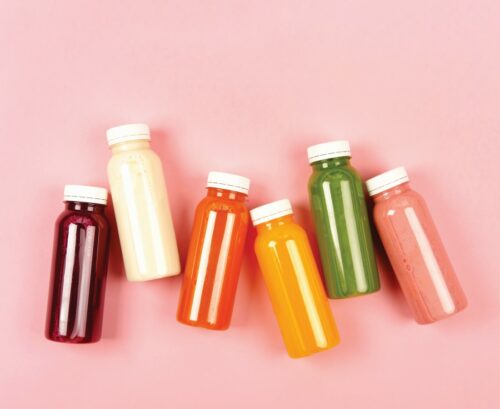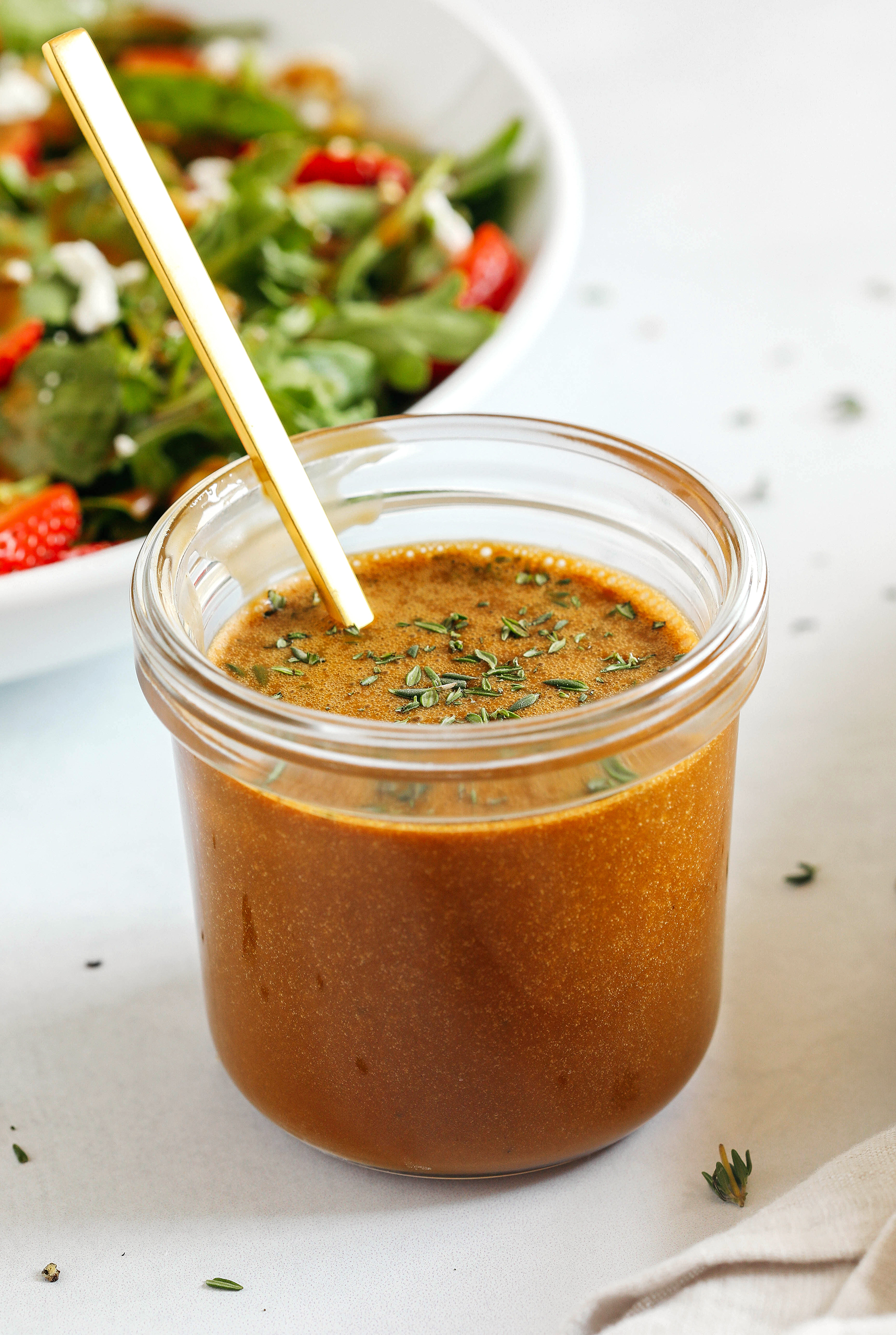They may be all the rage right now, but are these drinks really good for you? Nutritionist Claire Turnbull shakes up the facts.
Green juices and ‘super’ smoothies may be marketed as healthy, but some are very high in sugar. This means they can pack in more kilojoules than a main meal, resulting in unwanted weight gain. So, can you really sip your way to good health?
Not so smooth
A smoothie can be nourishing, but may also contain kilojoule-dense frozen yoghurt, sweet syrups, honey and dates. And juicing also involves separating the skin and other fibrous matter from the liquid, which is a problem because the skin of fruit and veg is the main source of gut-friendly fibre. Fibre also helps to prevent sharp rises in blood sugar and insulin levels after eating.
Choose wisely
A healthy portion size for a smoothie is about 250ml (the size of a standard measuring cup). Vegetable-based juices are generally considered better breakfast or snack options than purely fruit ones, but some people may need to add a sweet element to make them more palatable, for example, carrot juice with orange juice or celery with apple.
If you prefer fruit only juices and smoothies, including just one piece of fruit per drink is a good way to go. That way, you can enjoy snacking on another serve of fruit later in the day. A US study found adding a small handful of walnuts (48g) to your smoothie activates the appetite control region of your brain to quell cravings. So try to include nuts or seeds in your smoothies. Almonds and hazelnuts are good choices, as are seeds such as pumpkin, sunflower, chia and poppy seeds.
Vegetable juices made with celery, spinach, cucumber and a small amount of fruit, such as one apple, are also lighter in kilojoules and sugar than fruit-only blends. Whatever flavour combo you decide on, just remember that the more balanced the healthy ingredients, the longer you’ll feel satisfied afterwards.
Nutritional comparison
Juices
- Kilojoules: One cup can have three times more kilojoules than a piece of fruit.
- Sugars: Even though it’s natural, the sugar in fruit can make up a big part of your daily kilojoule intake. Guidelines recommend no more than six teaspoons of free sugars a day.
- Fibre: Juicing discards the fibrous skin of fruit and vegies, making them less filling than if you were eating a whole piece of fruit.
- Digestion: The quick influx of fruit sugars in juice can lead to bloating and diarrhoea.
Smoothies
- Kilojoules: Large portions can be kilojoule-heavy, even when made from scratch at home.
- Sugars: Honey, maple syrup, dates, frozen yoghurt and juice ramp up their sugar content.
- Fibre: Smoothies are less filling than whole pieces of fruit and vegetables, so boost fibre satiety by adding oats, nuts and seeds.
- Digestion: Drinking large volumes of smoothies can leave you feeling bloated. Adding probiotic-rich yoghurt to smoothies may ease this feeling.
Juices vs smoothies
Juices are made by squeezing or pressing a combination of fruits and/or veg. The extracted liquid is a good source of vitamin C, protective antioxidants and potassium for heart health, and an easy way to bump up your daily serves of fruit and vegetables.
Smoothies are made by blending a mix of fruit, vegies, grains, dairy, nuts and seeds. They have a much thicker consistency than juices, so are often filling enough to have for breakfast, and they’re easy to make ahead of time, too. With loads of ingredients and flavour options to choose from, you’ll also never get bored.
The bottom line
It all depends on the ingredients. Fruit is better eaten in its whole form, so stick to vegetable-based juices. Smoothies make a great breakfast or snack but keep them simple: a little fruit, your favourite milk, yoghurt, nuts or seeds and maybe some oats. Even though you drink them, it’s smarter to think of them as snacks or a meal, and stick to water if you’re thirsty.



